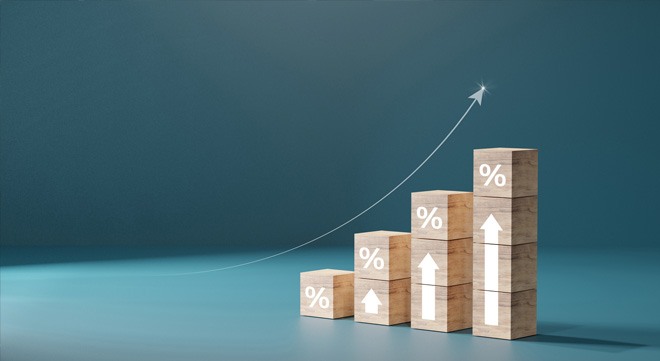
Why I turned bullish on Bitcoin and bombed-out AI hyperscalers
Ryk de Klerk links Bitcoin’s slump and hyperscalers’ pain to a jump in Big Tech bond spreads, arguing the market has priced in heavy capex and financing needs.

Ryk de Klerk links Bitcoin’s slump and hyperscalers’ pain to a jump in Big Tech bond spreads, arguing the market has priced in heavy capex and financing needs.

Ryk de Klerk’s focus has shifted from picking AI ‘winners’ to identifying future ‘survivors’ – and balancing portfolios with undervalued, lower-risk Healthcare and Consumer Staples.

While index levels look stable through September’s expiries, concentrated option exposures and rising fund-based covered-call strategies create a fragile backdrop for a sudden move.

Stocks are tasting new highs – largely powered by IT and communications services – yet leading indicators point to weaker manufacturing and downside earnings risk.

The key to a successful dividend strategy is identifying firms that wisely reinvest in growth while maintaining manageable payout ratios.

Amid heightened geopolitical risk, investors chasing offshore returns should temper expectations for US stocks and prioritise true diversification, says Orbis’s Rob Perrone.

A portfolio split of 60% US Treasuries and 40% investment-grade corporate bonds emerges as the efficient frontier.

As markets sputter between euphoria and panic, Ryk de Klerk argues that the true driver of volatility is the underlying health of the US economy.

From buying his first stock as a teen to building one of the world’s most valuable companies, Buffett’s story is rich with insight. As he retires, here are the five takeaways every investor should remember.

Investors witnessed a sharp correction in major stock indexes after Trump imposed tariffs. An analysis of the S&P 500 PE trendline notes the re-rating potential of growth sectors that have slid into value territory.

Market movements since Donald Trump’s inauguration are drawing comparisons with the 2018/19 trade war. With a 10% loss already, another 10% dip could be on the horizon if the economic fallout worsens.

With the risk premium of bonds relative to equities at a 20-year low, US bonds – particularly medium-term ones – are regaining their relevance in diversified investment portfolios.

The US economy continues to surge ahead, driven by AI investments, resilient corporate growth, and strategic monetary policy.

PSG Asset Management warns that market complacency, overconcentration in US equities, challenging starting valuations, and potential policy risks could make the next decade challenging for investors.

Donald Trump’s tariff threats shook global markets in 2018 and 2019, leaving investors grappling with volatility and uncertainty. Here are the lessons for investors as an unpredictable economic climate looms.

In investing, one key factor is often overlooked: the payback period. Understanding duration can reshape your portfolio strategy and help you manage risk more effectively.

But a co-manager of the Equity Fund believes the domestic exchange offers compelling investment opportunities.